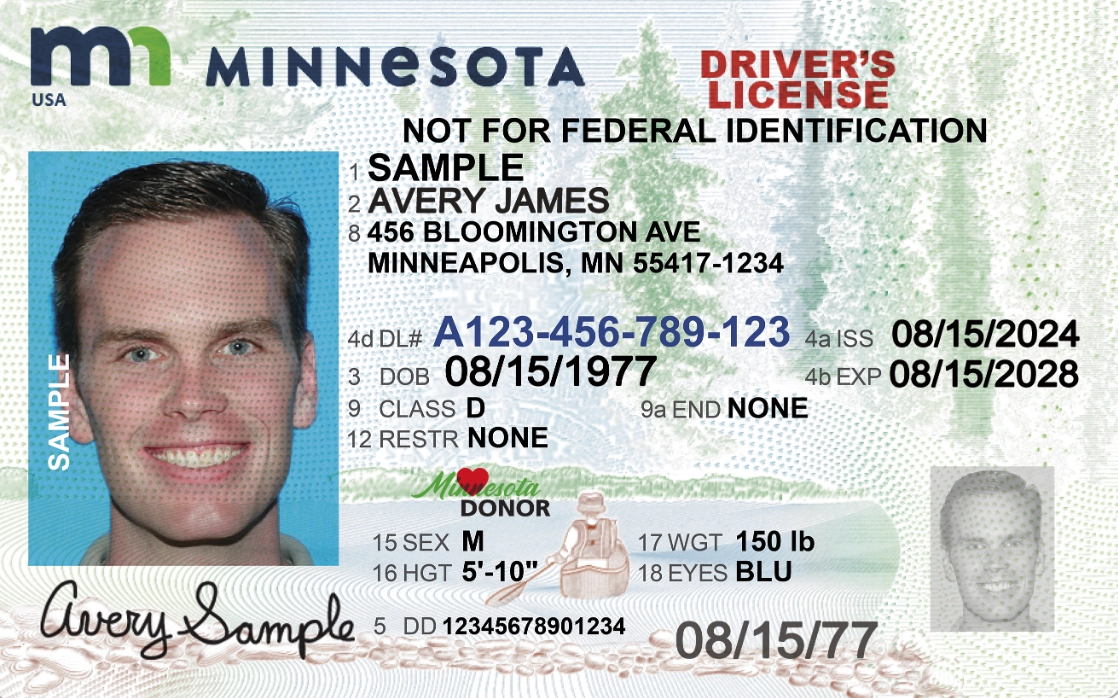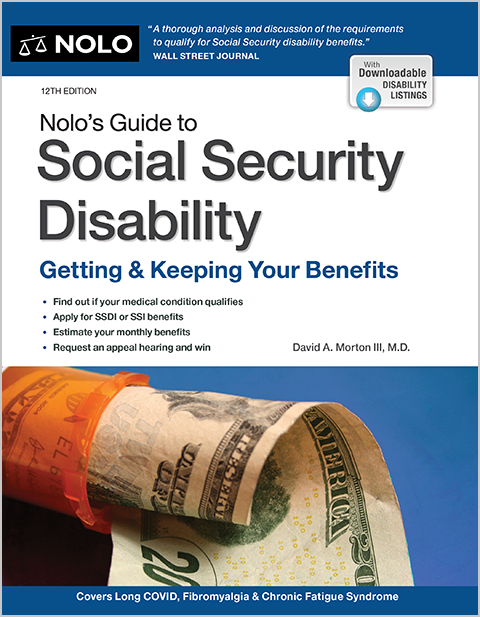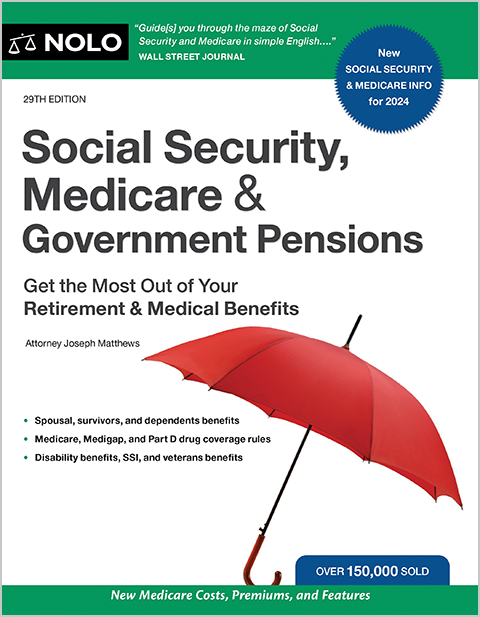Learn about driving provisions and special programs focused on keeping both Minnesota's older drivers and roadways safe.
The state of Minnesota estimates that by the year 2035, senior citizens will make up more than one-fifth of the population. As drivers age, health issues can start to creep up that impact vision, reflexes, and hearing—key functional components of good driving. In order to help senior drivers maintain their independence while staying safe behind the wheel, the Minnesota Department of Public Safety Driver and Vehicle Services (DVS) has certain licensing requirements that can impact older drivers.
Is There a Maximum Driving Age in Minnesota?
No, there's no legal maximum driving age in Minnesota. You can be 112 and still renew your driver's license in the state, provided that you can pass the vision test (required of all ages) and there's no other evidence that you may be an "at risk" driver.
Licenses for older drivers don't look any different than those for younger drivers—there's no difference in vertical and horizontal orientation the way there is for drivers under 21—but if you're 65 years of age or older, you can ask to have the word "SENIOR" printed on your license. DVS will only put the "senior" designation on your license at your request, however. It won't be on your license by default.
Minnesota License Renewal Laws for Senior Drivers
Senior drivers are subject to the same license renewal rules as younger drivers. Minnesota drivers licenses for all residents 21 years of age and older are valid for four years and expire on your birthday. To renew your license, you'll need to go in person to a local DVS office. (You can use the online "pre-application" to cut down on the time you'll spend at the DVS.) 

DVS will conduct a vision test at no cost to you to make sure your corrected vision meets safety standards. There isn't a mandatory road test or written test in order to renew your license. As long as you pass the vision test, the DVS will take a photo and send you your renewed license in the mail.
Requesting an Unsafe Driver Investigation in Minnesota
If you're concerned that an older relative, friend, or acquaintance may no longer be fit to drive, you can submit a Request for Examination of Driver form and submit it to the Minnesota DVS. (Keep in mind that simply being older is not a valid reason to have the driver re-examined.) All requests must be in writing and include:
- the full name and date of birth of the at-risk driver
- the individual's driver's license number (if available)
- description of the condition causing the safety issue
- explanation of why you believe the person to be an at-risk driver, and
- your name, address, and phone number.
Requests from family members are kept confidential and the evaluator will not reveal your identity unless required to do so by a court order. You can upload the request to DVS through the state eServices webpage "Form Submissions" section or mail a printed copy to the following address:
Driver and Vehicle Services
Attn: Medical Unit
445 Minnesota Street
Suite 170
St. Paul, MN 55101
Drivers who are found to be operating vehicles in an unsafe manner may lose their license. If your driving privileges are withdrawn, DVS will mail a notice of this withdrawal to the address on your driver record. The notice also contains the requirements needed to reinstate your driving privileges. For more information, you can call 651-296-2025 or contact one of the DVS offices located throughout the state.
Getting a Disability Parking Certificate
The Minnesota DVS issues disability parking certificates that allow certain drivers with impaired mobility to use designated parking spaces. In order to qualify for a parking certificate, a licensed physician, physician's assistant, advanced practice registered nurse, chiropractor, or physical therapist must certify that you are a "physically disabled person."
A physically disabled person under Minnesota law (Minn. Stat. § 169.345) is defined as somebody who:
- can't walk without significant risk of falling
- can't walk 200 feet without stopping to rest
- can't walk without the aid of another person, a walker, a cane, crutches, braces, a prosthetic device, or a wheelchair
- is restricted by a respiratory disease to such an extent that the person's forced expiratory volume for one second, when measured by spirometry, is less than one liter
- has an arterial oxygen tension (PaO2) of less than 60 mm/Hg on room air at rest
- uses portable oxygen
- has a severe cardiac condition such that the person's functional limitations are classified as class III or class IV according to standards set by the American Heart Association
- has lost an arm or a leg and does not have (or cannot use) an artificial limb
- has a disability that would be aggravated to the extent that walking 200 feet under normal environmental conditions would be life threatening, or
- is legally blind.
You can obtain a parking certificate by completing the application, having a qualified medical provider attest to your disabling condition, and submitting the form either online, at your local DVS office, or by mailing it to the address on the form.
Additional Help for Older Drivers
Senior drivers generally are at an increased risk of involvement with traffic-related injuries. Age-related loss of vision and slower reaction times can contribute to a higher chance of an automobile collision. If you're a senior driver dealing with the aftermath of a collision or driving infraction, you may want to contact an attorney to help you fight your traffic ticket, handle your car accident claim, or get your license reinstated.
Knowing when to ask for help is a major factor in keeping senior drivers safe and independent, so it's key to recognize your limitations and the limitations of loved ones who are getting behind the wheel. The National Highway Traffic Safety Administration (NHTSA), part of the U.S. Department of Transportation, has important information on its website of special interest to older drivers. Additionally, the Minnesota Driver's Manual can help keep older drivers current on the laws, rules, and techniques for safe driving in Minnesota. Older drivers who complete a senior driver safety course may be eligible for a discount on their auto insurance.
Talk to a Lawyer
Need a lawyer? Start here.
How it Works
- Briefly tell us about your case
- Provide your contact information
- Choose attorneys to contact you
- Briefly tell us about your case
- Provide your contact information
- Choose attorneys to contact you


